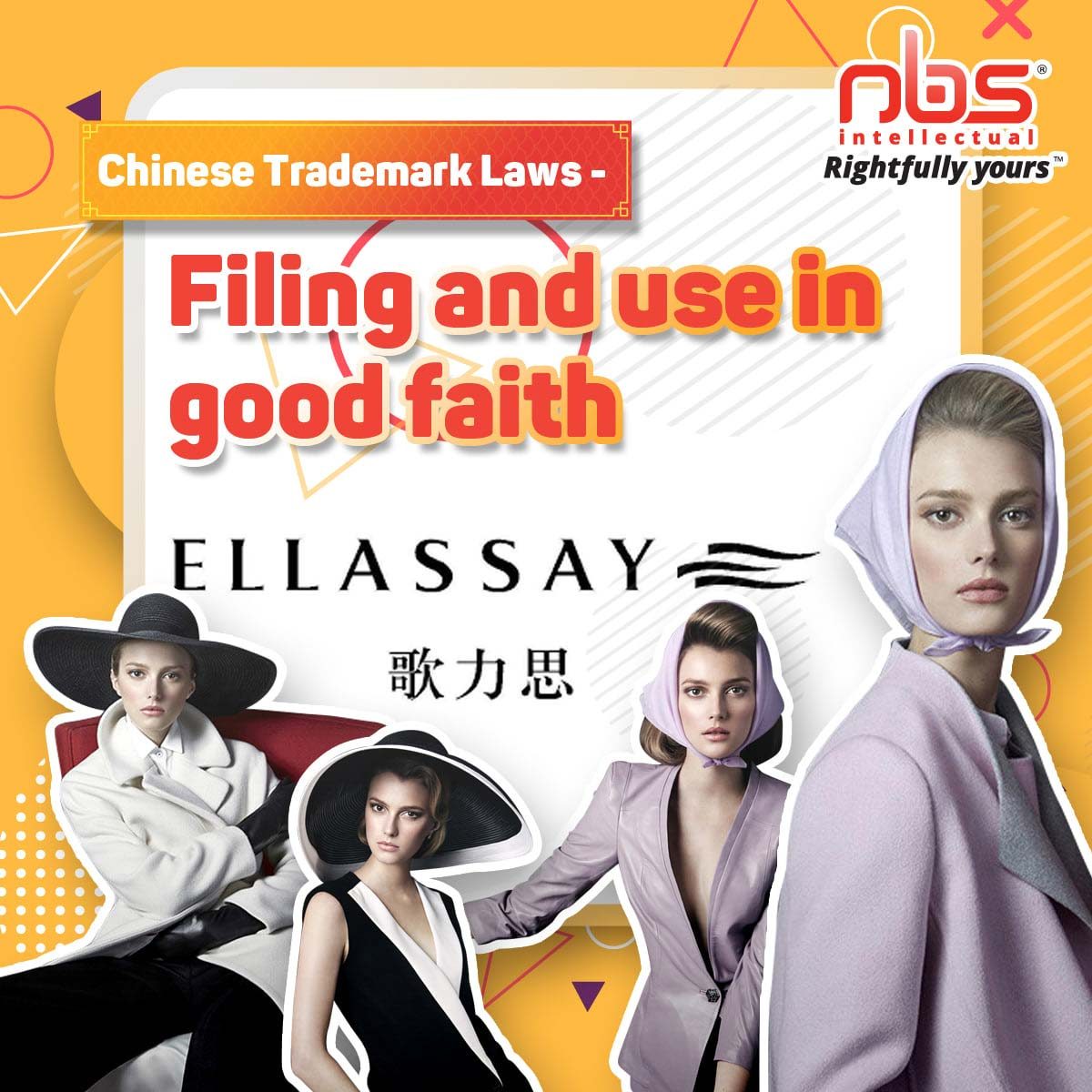Article 7 stipulates that a mark shall not be filed and used in bad faith. In the case WANG Suiyong v Ellassay Co., the former sued the latter for the infringement of the trademark “歌力思” No. 7925873 in Class 18. Ellassay is the owner of the trademark “ellassay” in Classes 18 and 25 and “歌力思” in Class 25. The final judgment from the SPC established that “歌力思” is a coin word without inherent meaning and has strong distinctiveness. It is unlikely that a similar registration would be made with no prior awareness or contact. Given the geographical proximity and established commercial ties between the two cities, it is unlikely that the plaintiff had no knowledge of “歌力思”. Therefore, the plaintiff’s registration of No. 7925873 trademark on handbags could not be deemed as good faith. The Supreme Court overturned the judgment of first and second instance and held that the plaintiff’s lawsuit against the defendant based on its bad faith registration constitutes an abuse of right. [(2016) Zui Gao Fa Min Shen No.1617]. The SPC strongly emphasised that such behaviour violated the good faith principle, but didn’t apply Article 7 of the TML. The article used in this case by the SPC was Art. 52 of the TML.
Source: https://www.managingip.com/article/b1l3x5dzq79tq8/how-does-chinese-trademark-law-deal-with-bad-faith







Comments are closed.